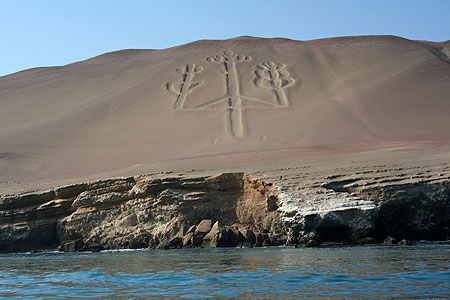Paracas & Ballestas Islands
- On the south coast of Peru is the Paracas National Reserve (near Pisco), the home to one of the largest sea-lion colonies in the world. Just offshore are the Ballestas Islands, an excellent place to see marine and bird life.
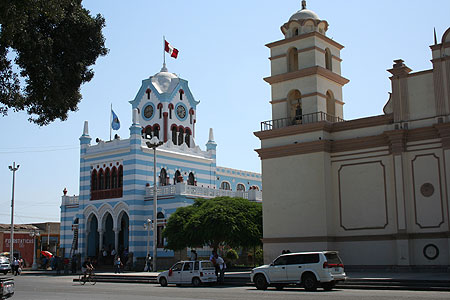
Paracas National Reserve
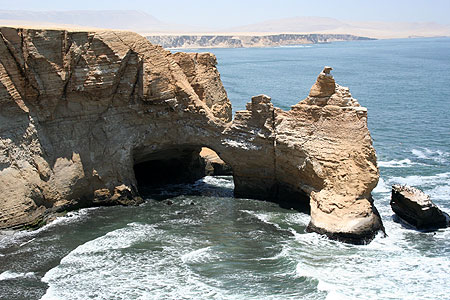
The Paracas National Reserve (340,000 hectares) was established in 1975 and is important for the protection of both bird life on the Paracas Peninsula and marine life in the sea. The Reserve is about 15km south from Pisco (not a particularly attractive place but famous for the white brandy named after the town). The entrance fee to the reserve is about US$2 per person. Places of interest within the Reserve include a visitors' center (free maps available) and an archeological museum (entrance US$1, 09:00-17:00 daily). A short walk down from the museum to the edge of Paracas Bay allows you to see several types of birds including flamingos feeding by the waterside.
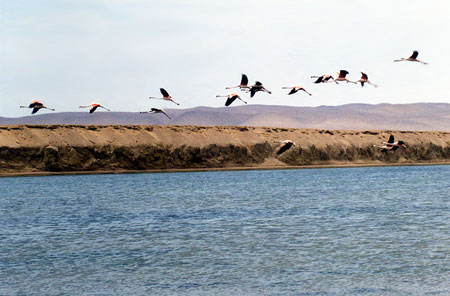
The area within the Reserve played an important role in the Peruvian economy during the mid-nineteenth century. Vast quantities of 'guano' (birds' droppings) produced by the seabirds was exported to Europe for use as fertilizer. For many decades this industry was Peru's most important source of revenue.
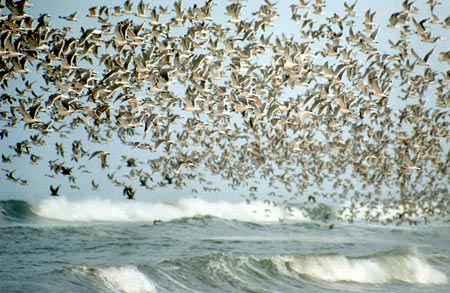
Islas Ballestas (Ballestas Islands)
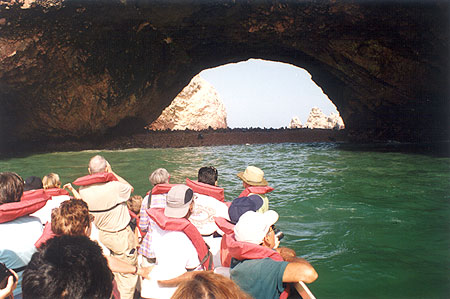
These spectacular islands, eroded into many caves and arches, provide shelter for thousands of seabirds and hundreds of sea-lions. Although the islands fall just outside the Paracas National Reserve they are protected by separate legislation. The islands are home to over 150 species of marine bird including the Humboldt penguin, cormorants, boobies and pelicans. Even condors have been known to visit. On the shores can be seen large numbers of sea-lions and in the sea it is possible to encounter dolphins and even whales.
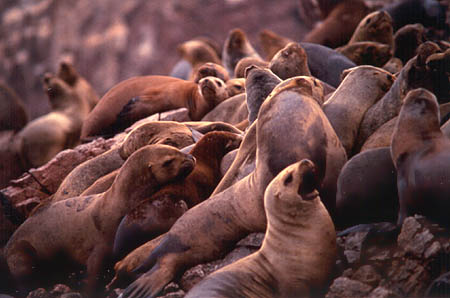
The only way to get to the island is by taking an organised tour (there are many agencies in Pisco and Paracas). Tours are fairly inexpensive costing between US$10-15 and comprise a speedboat trip accompanied by a guide for about 2 hours. Boats depart between 08:00 and 10:30 from the fishing jetty at El Chaco port by the village of Paracas. Check that the company provides life-jackets and take warm clothing and sun protection. Also ask what is the maximum group size since some boats can become very overcrowded.
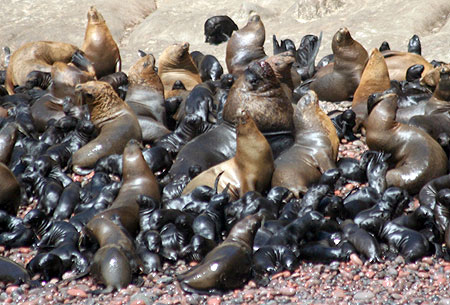
Visitors are not allowed onto the islands but views of the wildlife from the boat are usually excellent. The tours also pass the 'Candelabro' - a 50m candelabra-shape traced in the desert hillside overlooking the sea. Their are numerous theories as to its origin (best left to the guides to explain some of them).
